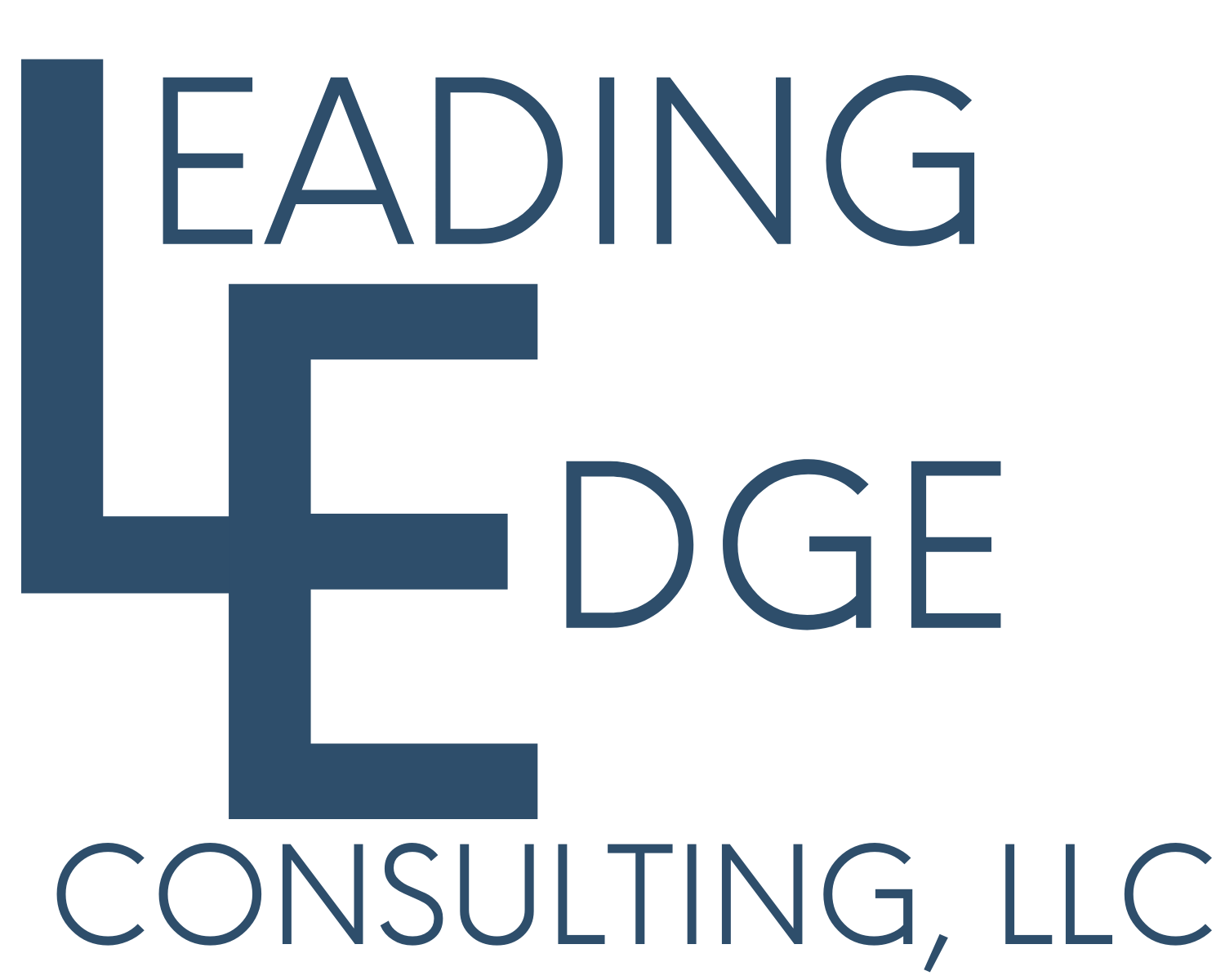The Hidden Costs of Non-Compliance
How LEC Helps Carriers Stay Ahead
In the current regulatory landscape, transportation companies operate under increasing scrutiny. From roadside inspections to DOT audits, carriers face a broad spectrum of compliance obligations designed to protect public safety and ensure compliance. While it can be tempting to focus solely on revenue-generating operations, overlooking compliance requirements can result in financial and reputational setbacks.
Understanding and mitigating the risks associated with non-compliance is not just a matter of avoiding penalties; it also may help to improve efficiency, reduce liability, and enhance long-term viability.
The Challenge: Hidden Risks and Long-Term Impact
Some carriers find that compliance violations stem from operational oversights. These oversights may include:
Incomplete or outdated processes regarding driver qualification files
Gaps in Hours of Service (HOS) documentation, ELD malfunctions, and internal HOS management
Missed vehicle maintenance intervals, which cause increased violations and roadside breakdowns
Improper drug and alcohol testing protocols
Ineffective recordkeeping for roadside inspections and crash reports
Even minor infractions, when accumulated, can contribute to rising CSA scores, increased insurance premiums, and a higher risk profile during audits or litigation. Furthermore, violations discovered during a DOT audit may result in fines, out-of-service orders, or conditional safety ratings—which can affect a carrier’s ability to secure contracts and maintain profitability.
The Solution: Compliance Through Methodical Practices
While no operation is immune to compliance challenges, structured practices can help reduce exposure to costly errors. Best practices may include:
Routine Internal Audits: Scheduling regular reviews of driver files, maintenance logs, and HOS records can help identify discrepancies before they escalate.
Driver Training Programs: Offering ongoing education ensures drivers understand regulatory changes and follow proper safety protocols.
Data Monitoring: Utilizing fleet management systems and compliance dashboards can provide early warnings of potential issues.
Policy Standardization: Clear, documented procedures for safety, hiring, and drug testing create consistency and simplify audit readiness.
Litigation Readiness: Maintaining detailed and organized records positions carriers more favorably in the event of legal scrutiny.
A consistent, documented approach to these areas can help improve day-to-day compliance and support a positive safety culture throughout the organization.
How LEC, LLC Supports Carriers
LEC, LLC brings decades of experience in motor carrier safety, regulatory compliance, and expert litigation support. Our team works closely with fleets of varying sizes and operational models to help them assess current risks and implement sustainable solutions.
Services that LEC provides include:
Mock DOT Audits: Identifying potential compliance gaps in advance to prepare for real-world inspections and audits.
Policy and Procedure Development: Crafting company-specific safety manuals, drug and alcohol policies, and driver handbooks tailored to current FMCSA regulations.
Litigation Consulting: Offering case support and expert witness services for the motor carrier industry.
Training Programs: Delivering customized safety and compliance training for both drivers and management.
Ongoing Compliance Support: Serving as a continuous partner to monitor regulatory updates and adjust programs as needed.
Clients often find that LEC’s proactive involvement not only reduces regulatory exposure but also provides peace of mind that their operations are being supported by knowledgeable industry professionals.
If you would like to explore how LEC can support your fleet’s safety and compliance goals, reach out to our team today. Our consultants are available to discuss your current challenges and identify practical strategies that align with your operational needs.
